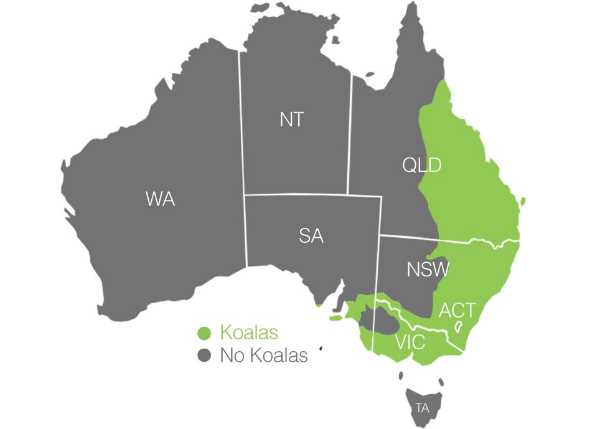The approximately 80 specimens present in Australia are "functionally extinct". What does it mean?
The koala, one of the sweetest animals on Earth, is about to go extinct. Or rather: i about 80 thousand specimens present in Australia are "functionally extinct". This means that the species is decreasing so much that it can no longer play a significant role in its ecosystem.
The Australian Koala Foundation has sounded the alarm, according to which it is difficult to say exactly how many koalas still remain in Queensland, New South Wales, Victoria, South Australia and the Australian Capital Territory, but what is certain is that they are highly vulnerable to threats, including deforestation, disease and the effects of climate change.
Once a koala population falls below a tipping point, it can no longer produce the next generation, leading to extinction.
But what does "functionally extinct" mean?
The term "functionally extinguished" or, better, "functional extinction", can describe more than one dangerous situation. In one case, it may refer to a species whose population has declined to the point where it can no longer play a significant role in its ecosystem.
For millions of years, koalas have also been a key part of the health of eucalyptus forests by eating the upper leaves, and on the forest floor, their droppings contribute to an important "recycling" of the same nutrients.
But a functionally extinct species is also that which it is no longer able to reproduce effectively, which means not only giving life to new generations but also maintaining a certain genetic variability: functionally extinct, it can refer to a small population which, although still in the reproduction phase, suffers from consanguinity that can threaten its future viability. Some koala populations in urban areas are suffering for this very reason and genetic studies on the Koala coast, located 20km southeast of Brisbane, show that the population suffers from reduced genetic variation.
To all this are added real catastrophes: koala populations in some inland regions of Queensland and New South Wales, for example, are affected by extreme climatic conditions such as severe droughts and heat waves and have thus reduced by up to 80%.

How many koalas are there now
According to the AKF's estimates, there would be just 80 left on the Australian continent.
The latest survey dates back to 2016, when some experts attempted to estimate the size of koala populations in four Australian states (Queensland, New South Wales, Victoria and Australian Capital Territory). From the results emerged a number of marsupials equal to about 329 thousand specimens, marking a demographic decline of 24%. But, as mentioned, the picture is not homogeneous and in the face of more stable populations, there are others strongly at risk.
In any case, koalas had been declared a vulnerable species as early as 2012 and their situation has never improved since then. The main cause? Needless to say, the continuous disappearance of their habitat (eucalyptus forests), denounced in 2018 by a report by the WWF and the Nature Conservation Council. And let's not forget drought and extreme heat.
Read also:
- Koala: how does he survive his "toxic" diet? The answer in his genes
- Plant hundreds of trees to save koalas' lives (PHOTO)
Germana Carillo


























